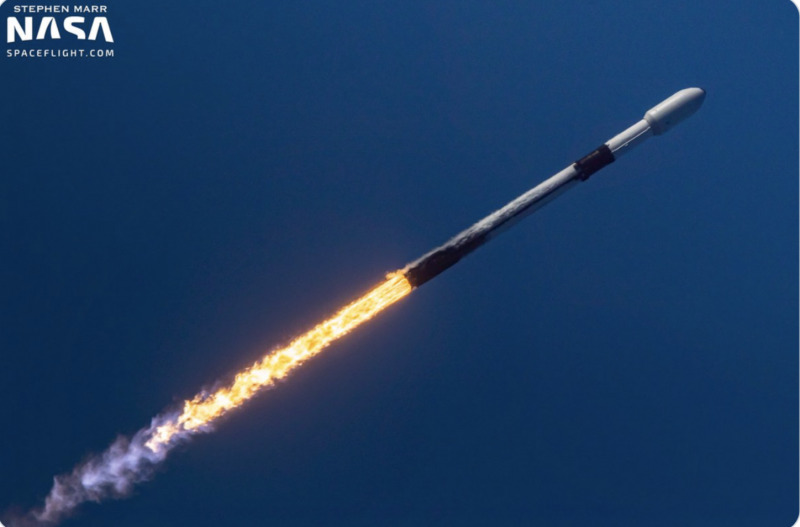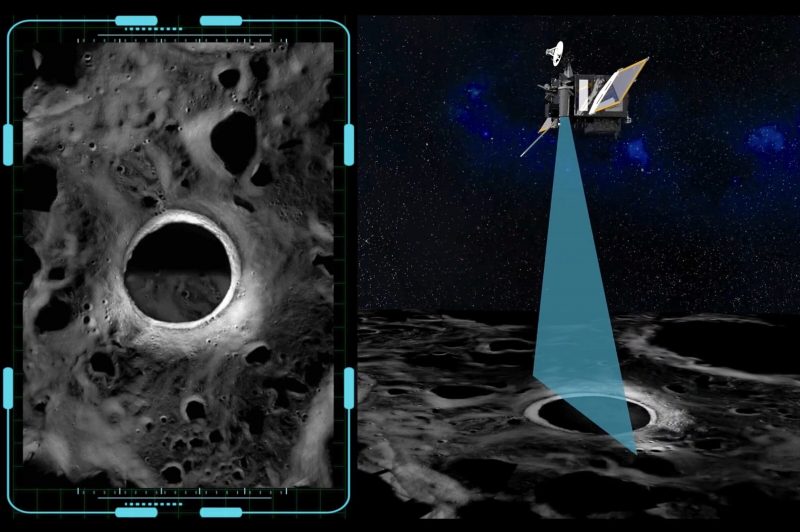
South Korea’s 1st moon mission
South Korea has now launched its first mission to the moon. We in the west call it the Korea Pathfinder Lunar Orbiter, or KPLO. The South Korean Ministry of Science calls it Danuri, meaning moon enjoy. A SpaceX Falcon 9 boosted the mission to Earth orbit just after 7 p.m. EDT on August 4, 2022. Afterwards, the first stage booster then dropped successfully to the SpaceX drone ship Just Read the Instructions, in the Atlantic, for later refurbishment.
The KPLO spacecraft – which was developed and managed by the Korea Aerospace Research Institute (KARI) – is now in Earth orbit. Later, a translunar injection burn will send it on its way to the moon.
The plan is to bring the spacecraft to the moon in mid-December.
Liftoff! pic.twitter.com/dAQGvpcOCX
— SpaceX (@SpaceX) August 4, 2022
Deployment of KPLO confirmed pic.twitter.com/ctco6Qsmdi
— SpaceX (@SpaceX) August 4, 2022
Go Falcon 9!
The Korea Pathfinder Lunar Orbiter satellite is making its way to the moon!
Not only was this the 2nd Cape launch of the day, but SpaceX alone is averaging a launch every 6.29 days. That is seriously impressive! #KPLO
Overview: https://t.co/3yxUI0EiM2 pic.twitter.com/0hjpdMN7x0
— Stephen Marr (@spacecoast_stve) August 4, 2022
It’ll orbit the moon for 1 year
Once at the moon, KPLO will first go into an elliptical lunar orbit, and then a 60 mile (100-km) polar orbit. From there, the spacecraft will conduct science operations for about a year. NASA noted:
It’ll [carry] an array of South Korean experiments and one U.S.-built instrument. The objectives are to develop indigenous lunar exploration technologies, demonstrate a ‘space internet,’ and conduct scientific investigations of the lunar environment, topography, and resources, as well as identify potential landing sites for future missions …
NASA’s ShadowCam will ride along on the moon mission
NASA is flying its ShadowCam instrument aboard the lunar orbiter. It’ll be one of five instruments aboard Korea’s first moon mission. Investigators at Arizona State University and Malin Space Science Systems developed ShadowCam. NASA said:
ShadowCam will map the reflectance [brightness] within the permanently shadowed regions to search for evidence of frost or ice deposits. The instrument’s optical camera is based on the Lunar Reconnaissance Orbiter Narrow Angle Camera, but is 800 times more sensitive …
ShadowCam will … detect seasonal changes and measure the terrain inside the craters, including the distribution of boulders.
SpaceX and South Korea: More to come
Thursday’s launch via a Falcon 9 is expected to be only the beginning of the relationship between South Korea and SpaceX, the world’s busiest launch provider.
Some time in 2023, SpaceX will launch the first of five spy satellites for South Korea. The eavesdropping sats will be used to monitor North Korea’s growing nuclear capability, giving the South Korean military imagery with 30- to 60-centimeter (12- to 24-inches) resolution every two hours. The launch contract was formalized in April 2022 and runs through 2025.

Bottom line: South Korea launched its first mission to the moon on August 4, 2022.
Check out EarthSky’s Launches blog … the best in spaceflight updates.











